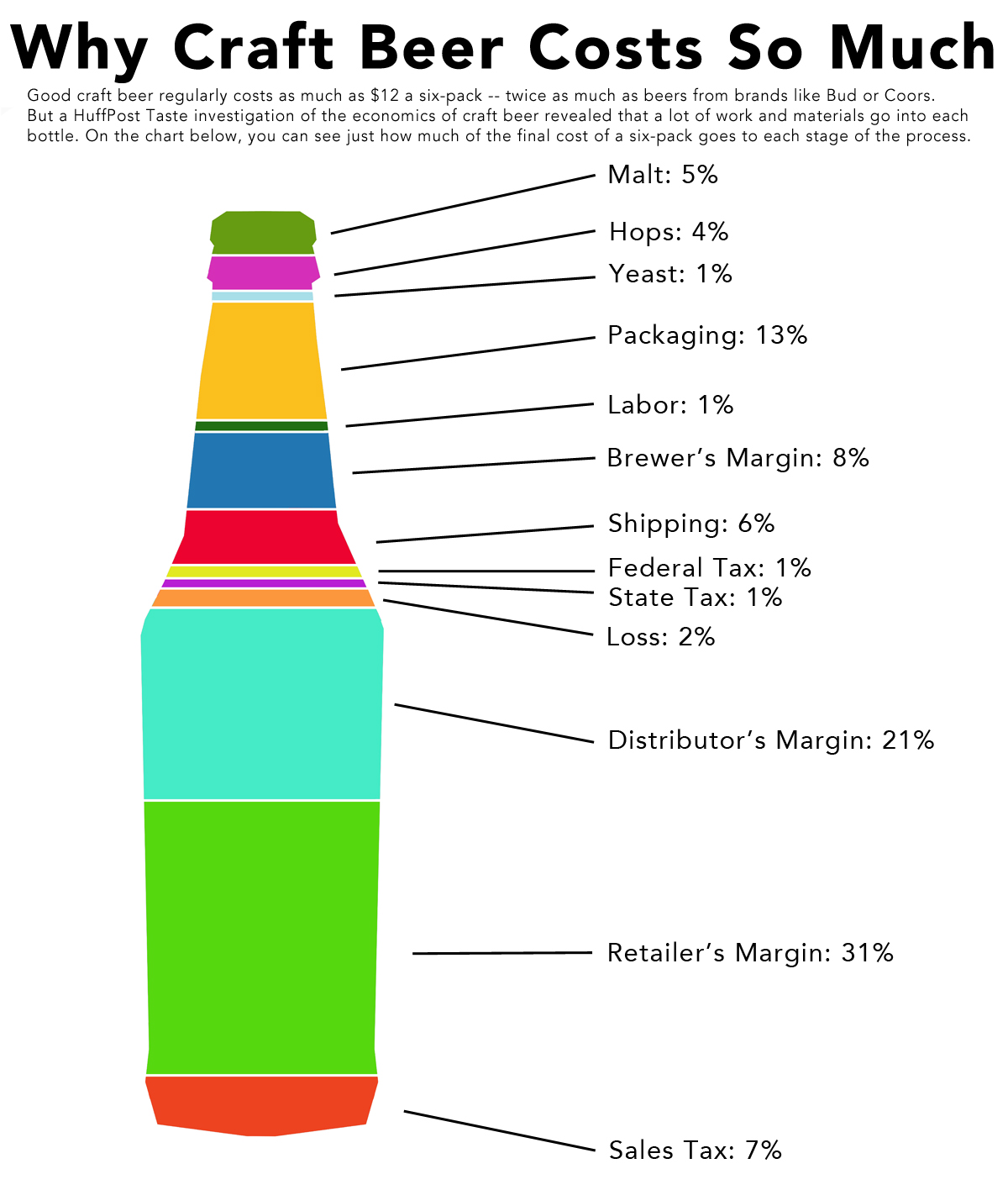How can Deschutes River Ale at 4% cost more than Pyramid Outburst IIPA at 8.5%? I can buy Outburst at WM for 7.47 a sixer and DRA is 8.99 at safeway. ?!?!?!?!?!
"So wait, we can use half the ingredients but call it 'session IPA' or 'Long Haul Pale Ale' or whatever and still charge 9 bucks a six pack?"
Thoughts?
"So wait, we can use half the ingredients but call it 'session IPA' or 'Long Haul Pale Ale' or whatever and still charge 9 bucks a six pack?"
Thoughts?




